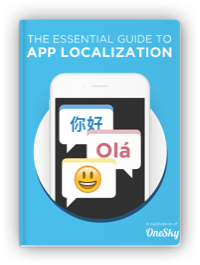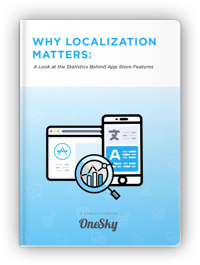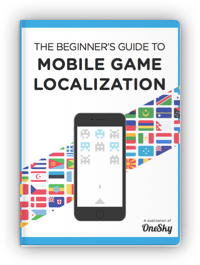AI Agents for Localization 101: Roles, Responsibilities & Impact
Did you know that 90% of US executives are preparing to use Agentic AI at their companies? Another 30% indicate they plan to invest in it in the next 6 months. The reality is businesses everywhere are moving beyond basic AI automation to deploy intelligent, autonomous AI agents for localization that do more than just translate text.
These AI agents for localization learn from their environments, collaborate with humans, and make strategic decisions—all in real time. If you think AI has been transformative so far, wait until these new Agentic AI solutions go mainstream.
In fact, experts believe AI agents are expected to contribute $15.7 trillion to the global GDP by 2030. Others predict that Agentic AI will make “ChatGPT look like a calculator.”
Exciting? Absolutely. But let’s make sure you don’t get lost in the shuffle. Like the first day of school, this blog is a 101 introduction on how AI agents for localization will transform the industry, the key roles these agents will play, and why adopting early will give your business a major edge. Ready to dive in?
1. Roles of AI Agents in Localization
Agentic AI thrives on specialized “roles” for each stage of the localization pipeline. Think of these roles as members of an autonomous localization team. In fact, your team could look something like this:
- Strategic Localization Advisor:
- Analyzes your brand guidelines and consumer profiles.
- Prioritizes which content needs localization first based on market potential or product demand.
- Real-Time Content Orchestrator:
- Continuously monitors content feeds (like websites, apps, social media) and flags new text needing translation.
- Dynamically queues translation tasks and routes them to the best-suited models or human editors.
- Translator
- Selects the most accurate translation from multiple Large Language Models (LLMs) based on an in-depth evaluation of each content type
- Quality Management Partner:
- Applies advanced checks using glossaries, style guides, and real-time linguistic feedback loops.
- Tracks performance across different markets, gathering input from local teams.
2. Responsibilities of AI Agents for Localization
AI agents for localization aren’t just about automating tasks. These agents are “intelligent systems capable of understanding context, adapting to new information, and collaborating with humans to solve complex challenges.” In the localization space, we see them shouldering 3 distinct responsibilities:
- Maintaining Brand Voice
- By ingesting your style guides, glossaries, and even brand personality guidelines, AI agents ensure new translations don’t deviate from your established voice. They learn over time, refining their approach with each content iteration.
- Contextual Adaptation
- AI agents excel at picking up on local slang, idioms, and cultural references—areas where traditional machine translation often stumbles. They leverage continuous learning from professional linguists and user feedback to deliver more authentic, resonant translations.
- Automated Workflows
- Through dynamic API integrations, these agents automatically check for updates, manage translation priorities, run QA checks, and notify human teams only if problems arise. This seamless flow drastically reduces the manual workload and the potential for errors.
- Ensure Quality Translation
- Through multi-agent framework, AI agents delivers human-like translations for accurate, on-brand and context-specific results.
3. Feel the Impact: Why Agentic AI is a Game-Changer
- Speed to Market
- By automating much of the translation process—and doing it more intelligently—teams can launch products or campaigns globally in days instead of weeks.
- Cost savings
- Fewer manual review cycles and less rework translate directly to savings. Over time, as the AI learns your brand and style, your total localization spend goes down.
- Improved Customer Experience
- Meeting customers on their own linguistic and cultural terms fosters deeper loyalty.
Who’s Having Success with Agentic AI Right Now?
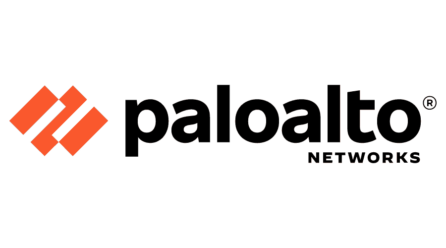
Palo Alto Networks – Delivering Personalized Employee Support w/ Agentic AI
Using an agentic AI system named “Sheldon”, Palo Alto Networks tackled the challenges of remote and hybrid work by providing employees with personalized support through conversational interactions. Through these conversations, “Sheldon” could chat directly with staff and provide HR solutions with minimal human oversight.

Victoria’s Secret – Agentic AI Knows Intimates
Victoria’s Secret is testing AI powered-agents to help its in-store associates find information about product availability, inventory, and fitting and sizing tips. As a result, associates can spend more time helping shoppers with personalized style recommendations and creating a warm, welcoming shopping experience.
Opposing Views: Let’s Hear from the Other Side
Objection 1: “AI can’t capture brand voice.”
Modern AI agents for localization integrate not just static dictionaries but continuous feedback from professional linguists, brand managers, and local market experts. These AI agents evolve and refine outputs, eventually matching your nuanced brand voice so closely that final refinements become minimal.
Objection 2: “Human translators are still the gold standard.”
In reality, it’s not an either-or situation. Human linguists remain vital for emotionally charged or high-impact content—think ad slogans, critical user content, or culturally sensitive campaigns. However, for large volumes of routine translations, AI agents excel at speed and consistency. Humans can then focus on creative refinement where emotional resonance really matters.
Conclusion
AI agents for localization are poised to transform the industry, taking it beyond simple text translation. These AI agents will serve distinct roles—Strategic Localization Advisor, Real-Time Content Orchestrator, and Quality Management Partner—while fulfilling core responsibilities like brand voice maintenance, contextual adaptation, and automated workflows. The impact is clear: faster market entry, reduced costs, and higher customer satisfaction.
The shift to Agentic AI isn’t just innovation – the transformation represents a $4.6 trillion dollar opportunity. Yet as with any innovation, the best outcomes come from AI + human collaboration. By combining automated efficiency with human intuition, you can deliver localized content that truly resonates.
Ready to be an early adopter of AI Agents for Localization?
OneSky can help you take the lead. Our platform combines cutting-edge AI (powered by OneSky Localization Agent and CoFluent AI’s multi-LLM technology) with human expertise, delivering:
- Real-time content updates that stay culturally relevant.
- Brand voice consistency across every market.
- High-quality translations you can fine-tune with human post-editing.
And we’re just getting started—new Agentic AI features are on the horizon.
The future of localization is here. Will your business lead – or follow?

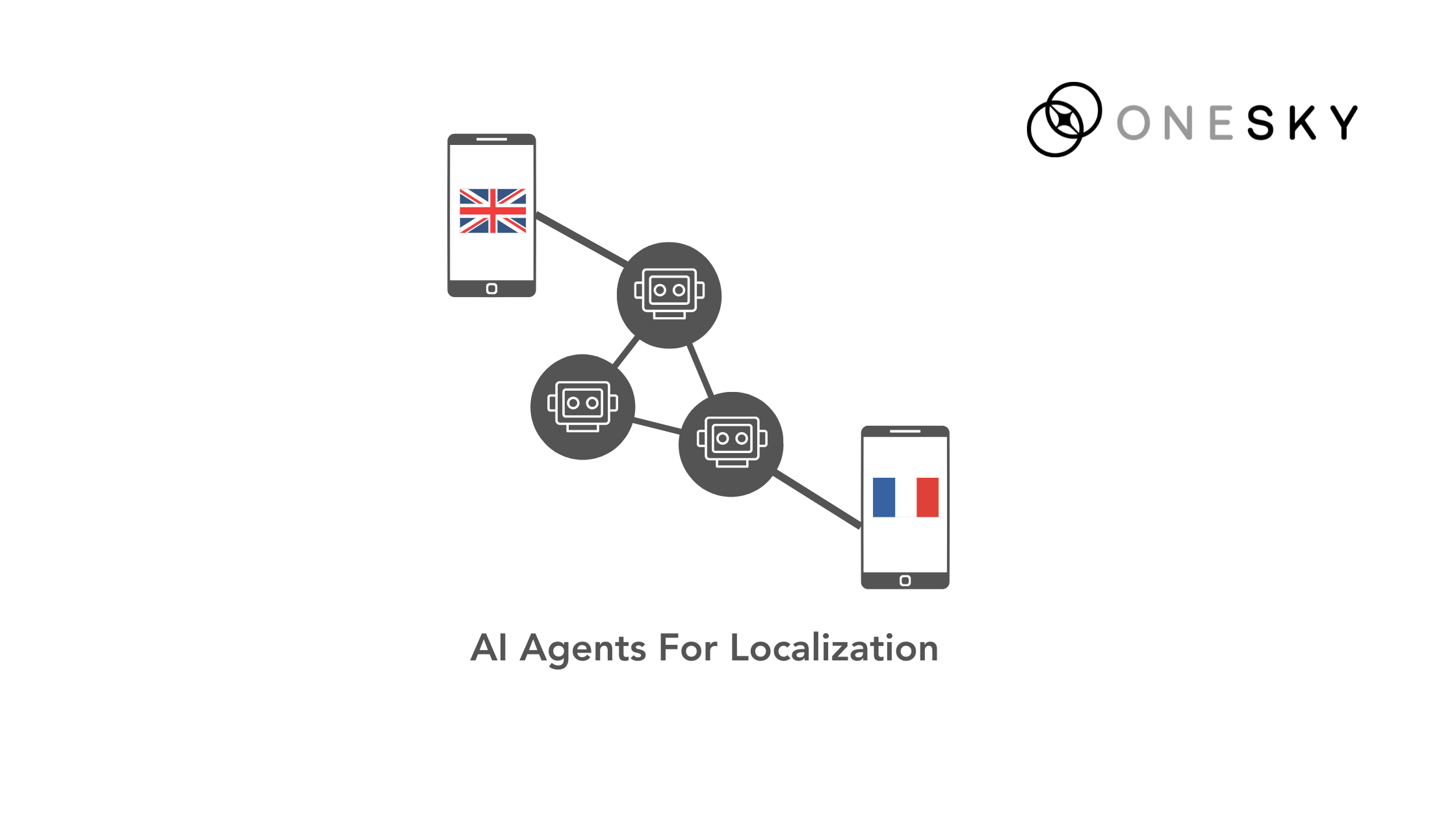
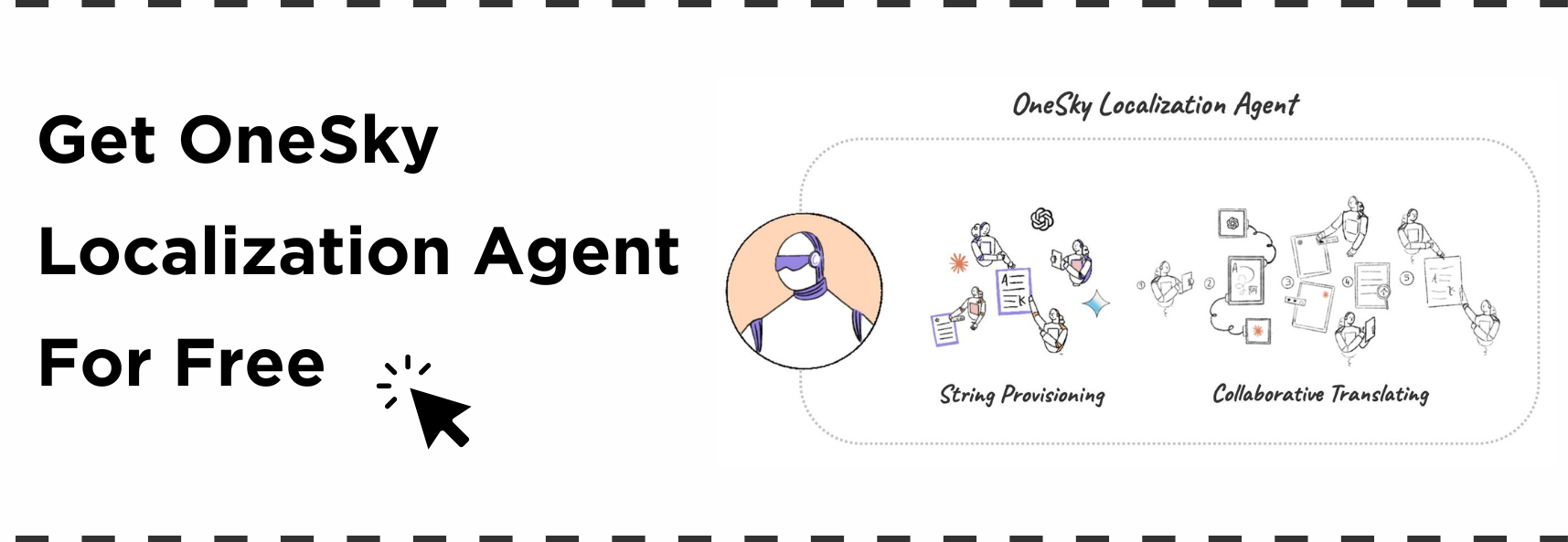
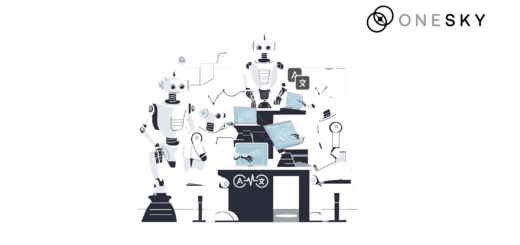
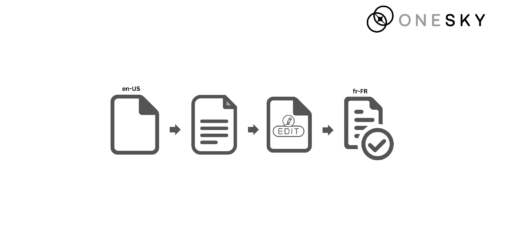
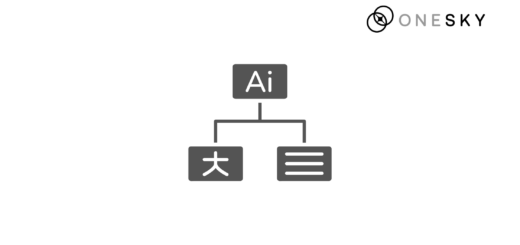
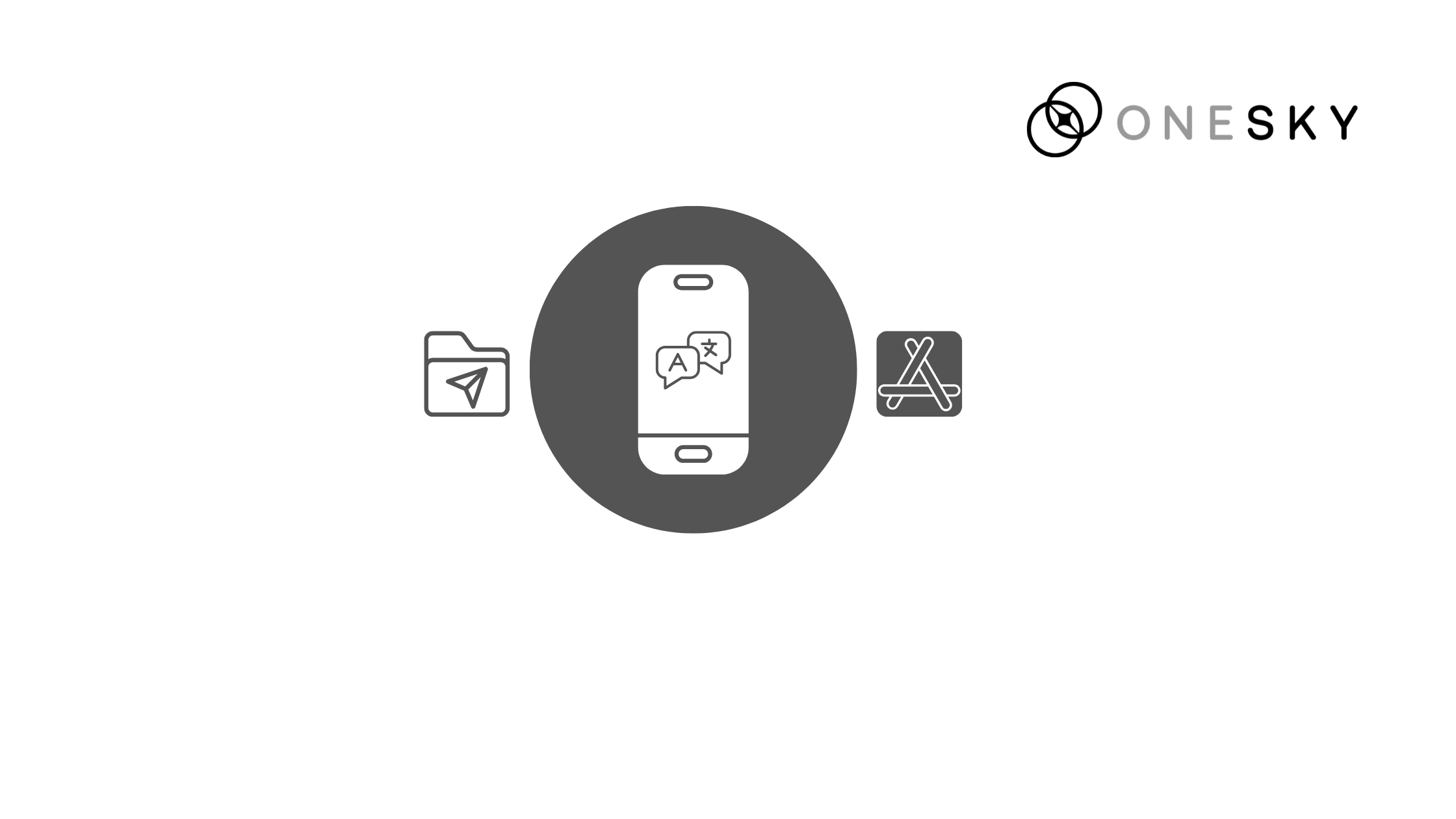


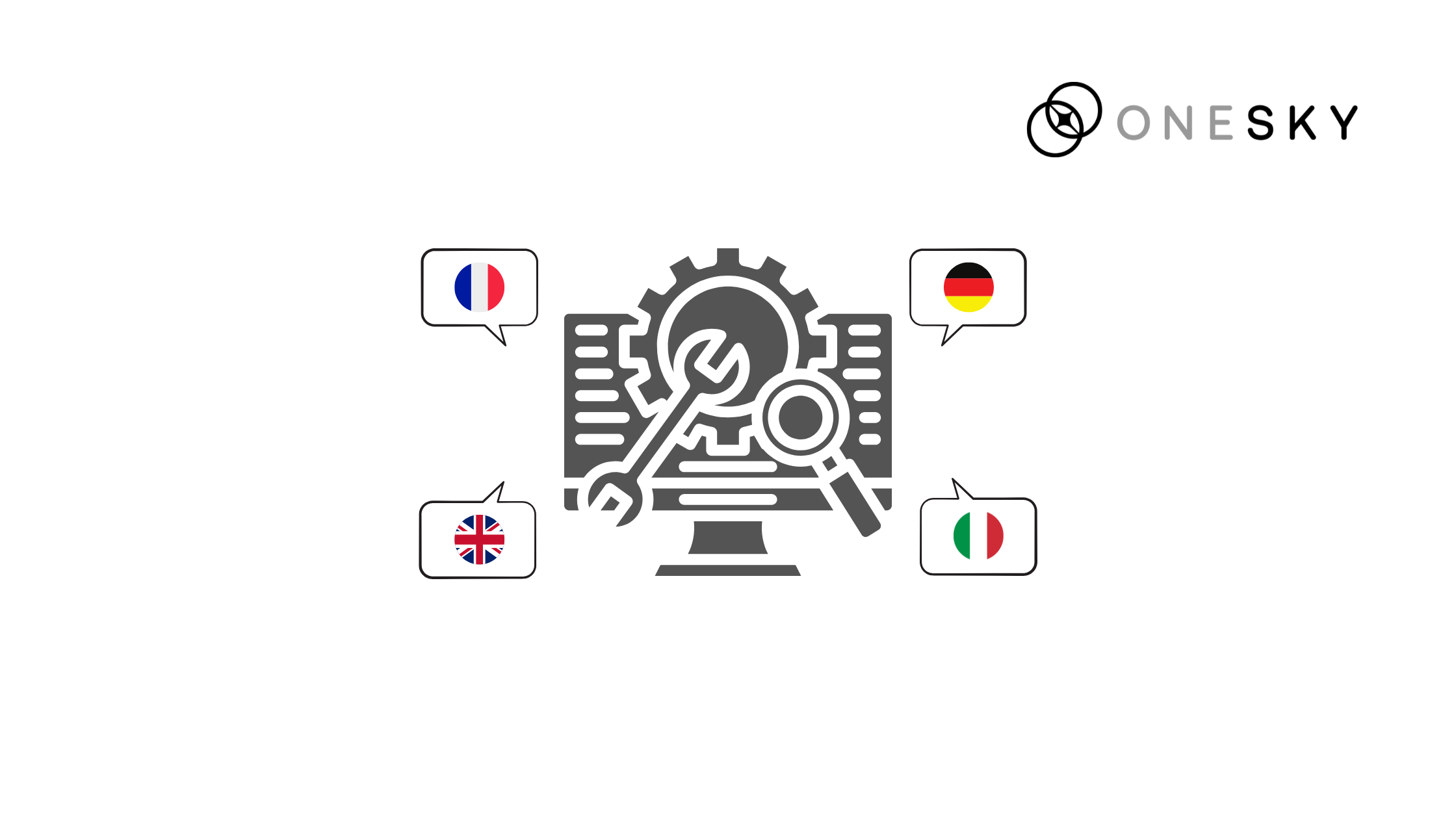
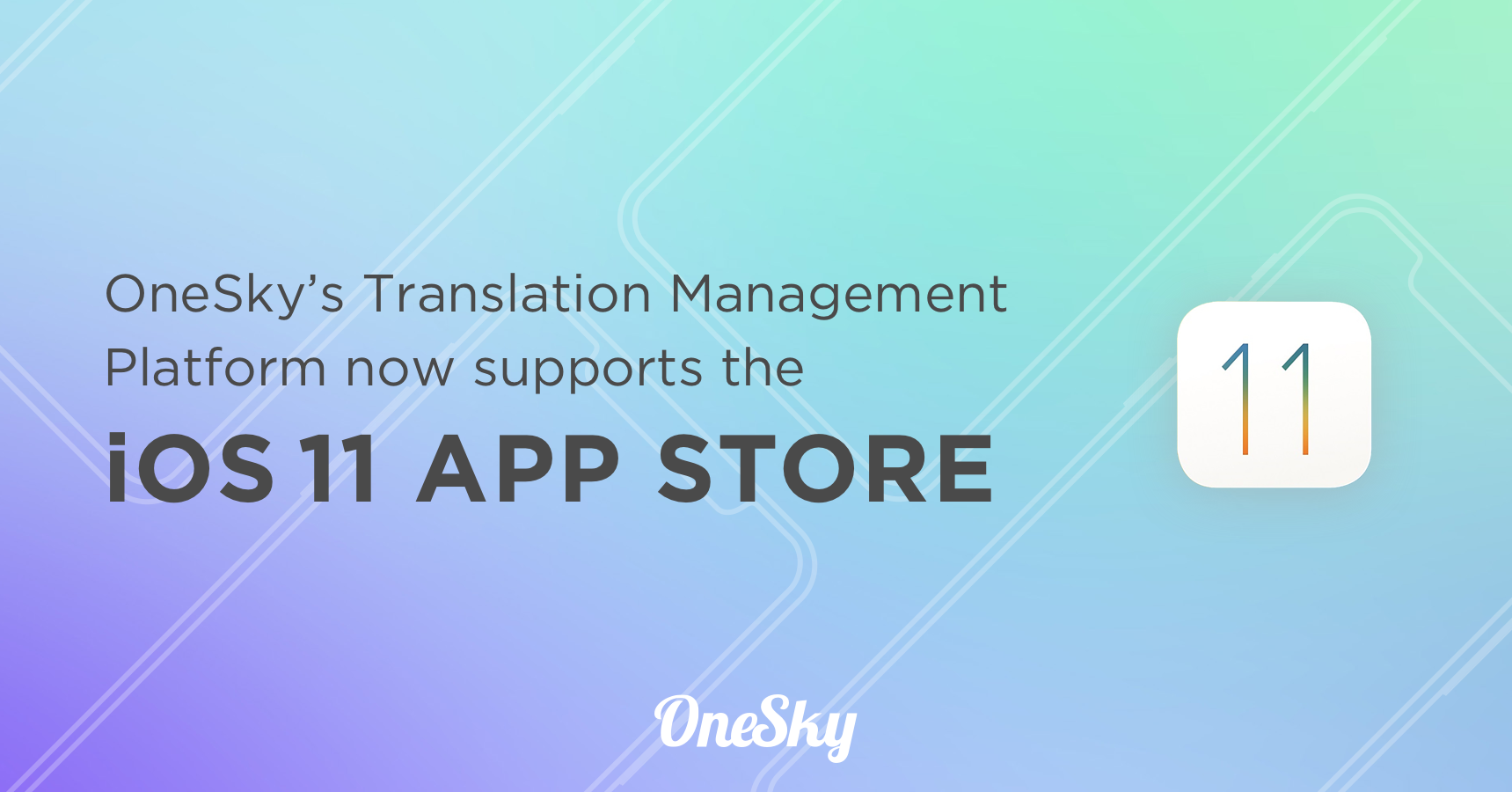
 Written by
Written by 
